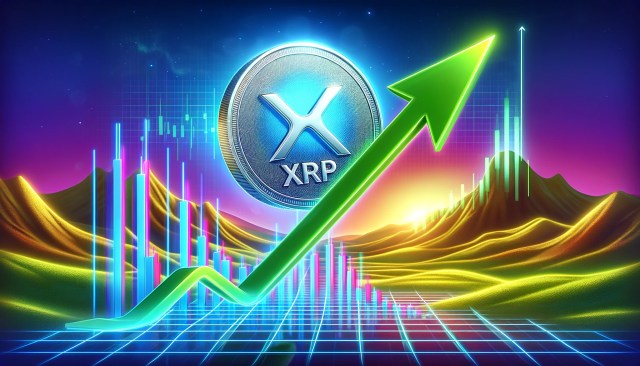Bitcoin (BTC) rose 3.8% between Oct. 23 and Oct. 25, only to face resistance at $68,700, but is there enough bullish momentum to push the price in the $70,000 range? Although the Federal Reserve’s recent rate cuts have increased investors’ risk appetite, pushing Bitcoin past the $70,000 threshold likely hinges on four main drivers.
Bitcoin/USD. Source: TradingView
Limiting factors include global economic uncertainty, concerns over high mining sell pressure and low hashrate profitability, a potential influence of United States election outcomes on regulation, and large Bitcoin reserves on exchanges.
Investors are cautious amid global economic uncertainty. While Bitcoin has established itself as a top-10 global asset by market cap, ranking alongside giants like TSMC, Berkshire Hathaway, Tesla, and Walmart, there are reasons for investors to not be “all in.” Traditional assets are delivering steady returns and fixed income yields 4.7% so the motivation to shift toward Bitcoin remains limited. As a result, investors may be choosing to wait for additional signals from the broader markets before committing to a $70,000 price target.
Adding to the tentative sentiment is the upcoming US presidential election. Vice President Kamala Harris, a front-running candidate, has indicated a preference for a highly regulated market, focused on protecting individual investors. This stance contrasts with former President Donald Trump’s more constructive view on integrating digital assets within traditional finance, which could influence Bitcoin’s adoption trajectory.
Bitcoin miner sell pressure and onchain activity
Concerns also stem from Bitcoin’s mining sector, where profitability struggles under headwinds. The hashrate index—a measure of mining revenue potential—has dropped to near-record lows of $49 per petahash per second (PH/s) daily, down roughly 50% since the April halving. This decline highlights the financial pressure on miners, who are essential for ensuring network security and their movements could impact Bitcoin’s price dynamics as they adjust operational strategies.
Bitcoin mining hashrate index, daily USD per PH/s. Source: Hashrateindex
Given that miners collectively hold over 1.8 million BTC—equivalent to roughly $122.4 billion—many traders worry these entities might be forced into aggressive selling.
During a recent interview with Bloomberg, Ethan Vera, COO at Luxor Technology, said,
“You will continue to see negative profits, and they are hiding how bad the industry is right now and how poor their operations are by diluting shareholders.”
Onchain data has offered little reassurance, as Bitcoin’s 7-day average active addresses have remained mostly flat over the past six months. This trend reflects the same lackluster adoption mirrored in stagnant Google search volumes for Bitcoin, suggesting limited growth in public interest.
Related: Next phase of the bull run is ‘all about’ Bitcoin, not ETH or memecoins — Analyst
Bitcoin network active addresses, 7-day average. Source: Coin Metrics
Spot Bitcoin ETF accumulation and exchange deposits
Some analysts foresee a potential “supply shock” driven by high accumulation through spot Bitcoin exchange-traded funds (ETFs). However, this outlook doesn’t fully account for the substantial BTC deposits on exchanges, which remain elevated. Current estimates range between 1.9 million and 3 million BTC, varying based on custodial activity at firms like Coinbase.
Even if spot ETFs continue to accumulate an ambitious $2 billion monthly, there’s still at least $129.2 billion available in exchange reserves. Predicting the exact price that will trigger mass selling remains challenging. However, it’s conceivable that additional BTC could enter exchanges, and some ETF holders might choose to offload their positions upon reaching significant gains.
Traders will require a combination of factors—including reduced interest rates, improved mining profitability, and strong ETF accumulation—before feeling confident enough to add Bitcoin positions and drive prices through the $70,000 threshold.
This article is for general information purposes and is not intended to be and should not be taken as legal or investment advice. The views, thoughts, and opinions expressed here are the author’s alone and do not necessarily reflect or represent the views and opinions of Cointelegraph.









